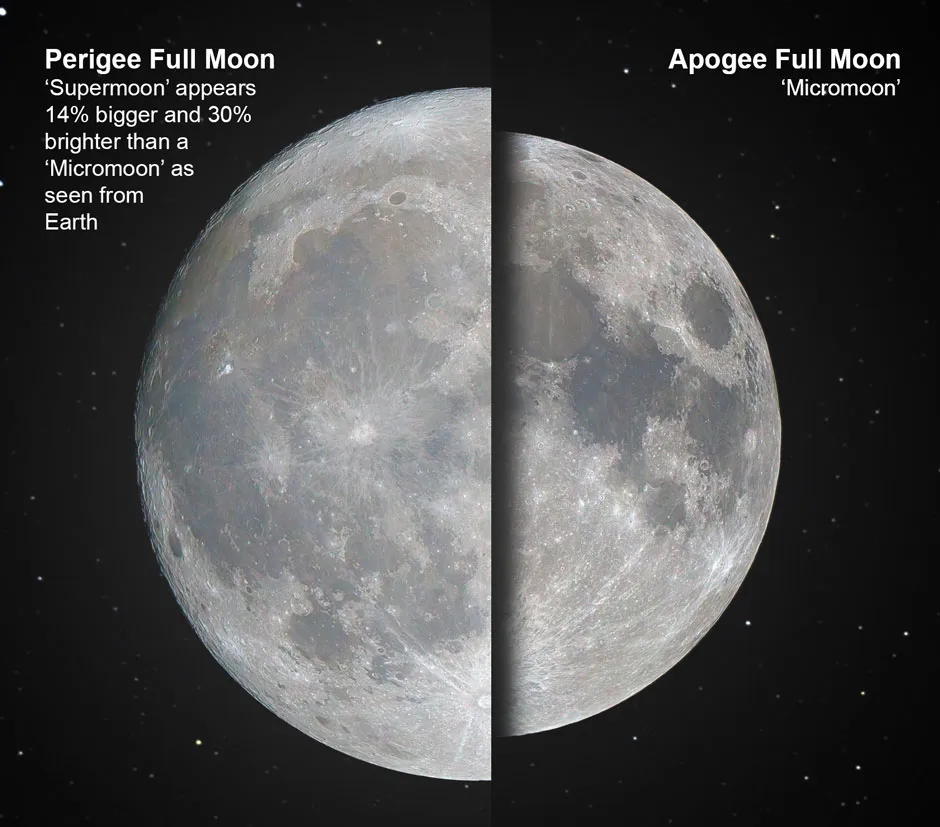The Moon has treated us to a dazzling array of celestial phenomena this year, but the grand finale is here: the Beaver Moon, 2024’s final supermoon.
But what exactly is a supermoon? How can you see it at its best? And what have beavers got to do with it? Whether you’re planning to watch from your backyard or heading out to a remote spot for the clearest skies, here’s everything you need to know to make the most of this final lunar showstopper of the year.
When can I see the Beaver Moon in 2024?
In the UK, US and the rest of the world, the full Beaver Supermoon will be visible on 15 November 2024. The Moon will appear full for several nights after this date.
"Strictly speaking, the full Moon occurs at a very specific moment in time – down to the second! – when the Moon is directly opposite the Sun in the sky," explains Dr Darren Baskill, an astronomer and astrophotographer based at the University of Sussex.
"But to our eyes, the Moon will look full, or almost full, for two or three days either side of the exact moment that the full Moon occurs."
In the UK, The Moon will rise at around 3:30pm local time. In Los Angeles, expect moonrise at 3.30pm (local time). In New York, this will be around 4:29pm Eastern Standard Time.

“For the most impressive view, try to catch it just after sunset or just before sunrise. This is when the Moon appears largest and most dramatic against the horizon,” said Shyam Balaji, a researcher in astroparticle physics and cosmology at King’s College London.
Why is it called a Beaver Moon?
November's supermoon is named after beavers as the animal is more visible this time of year.
Beavers use the months leading up to winter to prepare for the cold, even creating food stores in case they get frozen into the ponds they live in.
What causes a supermoon?
The lunar surface will appear 7 per cent larger in the sky during a supermoon than your average full Moon (and 15 per cent brighter). This is because it's literally closer to Earth than normal (don’t worry – it will still be around 363,700 km, or 226,000 miles, away from you).
Why? Well, as the Moon orbits Earth in an oval (ellipse) shape, there are points along this orbit where the Moon will be naturally closer to Earth (called perigee). There are also points where the Moon will be naturally further away, at the opposite point (called apogee).
So, when a full Moon coincides with perigee, we get a supermoon. But thanks to the timing of full Moons, we often see multiple supermoons in a row.

This is because although a full Moon will occur approximately every 29.5 days, the Moon actually takes around 27.3 days to orbit Earth. This difference means the favourable alignment (the Moon reaching perigee near a full Moon) can repeat over a few successive months, because the cycle only slowly shifts out of sync.
In essence, it’s the Moon’s elliptical orbit which is causing these alignments to shift gradually, and that’s why we see multiple supermoons in a row.
“The gravitational forces from Earth, the Sun, and other planets influence the Moon's orbit, causing these variations. This is why we occasionally get the spectacular sight of a supermoon,” explained Balaji.
To be specific, Supermoons require the Moon to be at the fullest part of the lunar cycle and the closest point in its orbit to Earth.

Where’s the best place to see the Beaver supermoon?
Getting away from the city and going somewhere with less light pollution will give you the best view.
But to get a truly impressive spectacle, you can head to the coast to see how the supermoon influences the tides.
“When the Moon is at its closest point to Earth (perigee) and is also full, it's gravitational pull on Earth's oceans is stronger,” said Balaji.
“You can expect to see more extreme tidal variations. This means higher high tides and lower low tides than normal.”
Read more:
